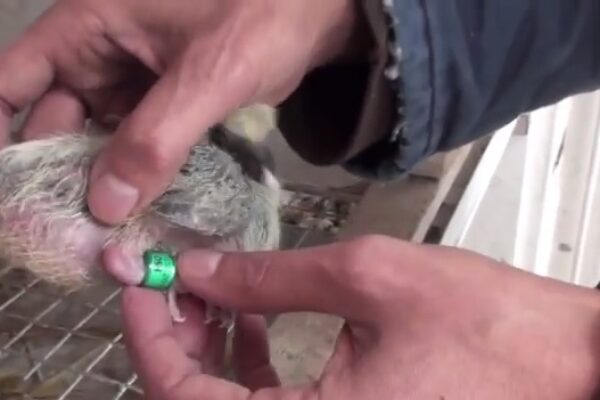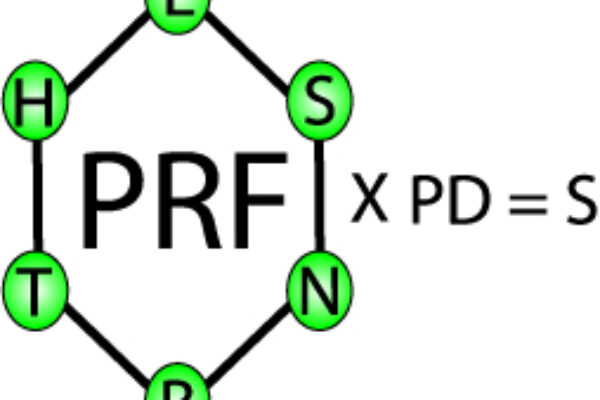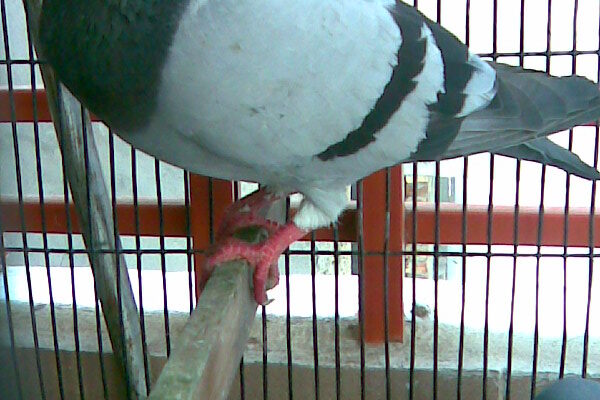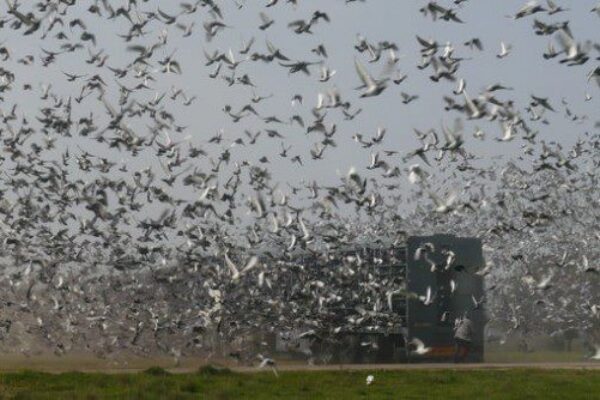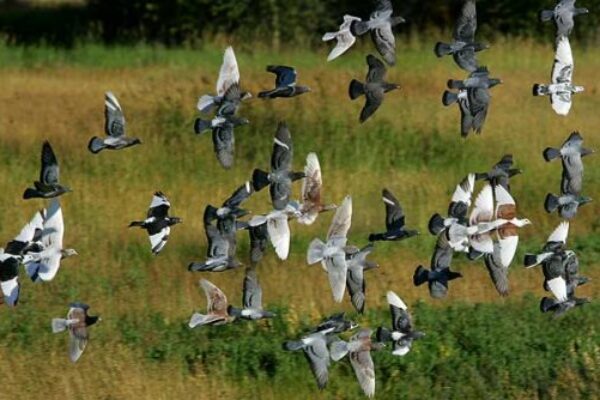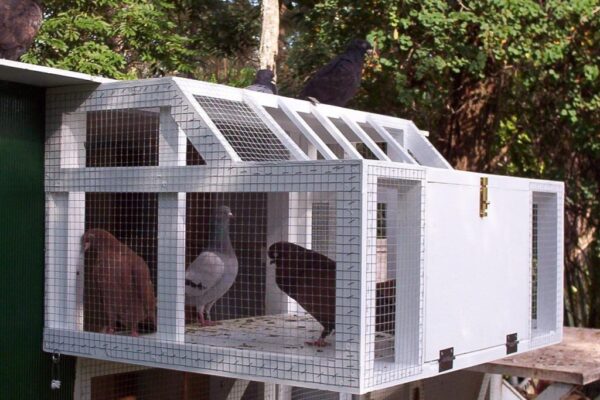
We know of the pitfalls, here’s how to manage the team.
Sub-teams
Breaking your racing pigeons into sub-teams at the beginning of the season assist you in mentally visualizing your season at the beginning from a manager’s point of view. If you are competing for average speed, you need to have birds available and in form for every race. If you are flying natural that means having birds on different nest positions at all times. If you are flying another system it’s know when in the race season you want your teams to reach maximum form.
Short – Middle Distance Team
In your club and combine, there are only two short races at the beginning of the season and then we are onto middle distance races. For my purposes, there is no distinction between short and middle distance. Often, the long distance birds will fly the first few short races. Once middle distance is reached, long distance racing also begins. Short and middle distance is defined as 75-300 miles. We’v already discussed how even middle distance races and turn into super tough races you should further divide this short/middle team into an A team and a B team.
Long Distance Team
Long distance is 400-600+ mile races. In our combine we have a 400,400,bye,500,500,bye,600,600. Knowing already that there will be long distance races back to back, It’s a good idea to further break down the long distance team into an A team and a B team. Team A will fly 400, bye, bye, 500, bye, bye, 600, bye, end of season. Team B will fly, bye, 400, bye, bye, 500, bye, bye, 600, end of season. Each racing pigeon team will have two bye weeks to rest, retrain and come back at 100%. If your short team falls apart due to unforeseen circumstances, you are still able to pull from one of the long distance teams and place them on the A or B team of the short distance team.
Active vs. Reserve Team or (A team and B team)
Having an Active Team and Reserve Team concept will put you in the frame of mind to hold the reserve team back so that you have fresh pigeons for the next week’s race. There are often times when competition tempts a flier into shipping all his best pigeons on one race only to have a smash or near smash race ruin an entire season. By planning ahead you will be ready for that smash which crushes your opponents and you can swoop in with a fresh team and score. Remember there is a different between fresh and untrained. Birds that are not racing still need to be taken on training tosses or at a minimum flag flown.
For our combine, the A team and the B team on the long distance team will compete the same number of long distance races which is three for a total of fifteen hundred miles, not counting any short races at the beginning. It is most improbable that any pigeon could give 100% and compete all six long distance races. This also allows for transfers from one team to another. For example, the 1st race of the A team results in a near smash. A bird from that race can be switched over to the B team and receive an extra week of rest, recuperation and training. Any birds from the B team which came home in good form could still be switched to the A team without any detriment.
Short and middle distance is much more difficult as there are much more temptations. When you start out, stick to the A team and B team concept. This will prevent you from shipping all your racing pigeons to one race and having a smash. Just like the long distance team, as birds have tough races, they can be switched to the other team and given an extra week to recover, recuperate, retrain and come out giving 100%. One temptation to avoid is taking a bird from a great performance and throwing them into the long distance race the following weekend. Yes, there are birds that can do this with tease. But you can guarantee it’s going to be a great and well weathered race. If it turns into a very difficult race, you might have just burned an excellent pigeon. Stick to the plan, if you are going to switch a bird from the short to the long distance team, give him a bye week, just like the long distance team already in place.
In the short, there is one variation to the A team, B team concept. I call it the Active and Reserve Team. A well trained, conditioned racing pigeon can fly week after week up to 300 miles when the races are good. The A team are the birds that are flying well, placing well and are in good form. If a racing pigeon goes out of form, put it on the reserve team for next week. If a bird has a bad race and is flown down or on the wing more than 6 hours, put it on the reserve team. You will still train the reserve team and when they switch back to the active team they will give 100%.
Conclusion
Have a system, have a plan, stick to the plan, remember as you are clocking this weeks’ race you are already beginning next week’s race. Learn to manage your racing pigeons and average speed hunting will surely be on your plate.

